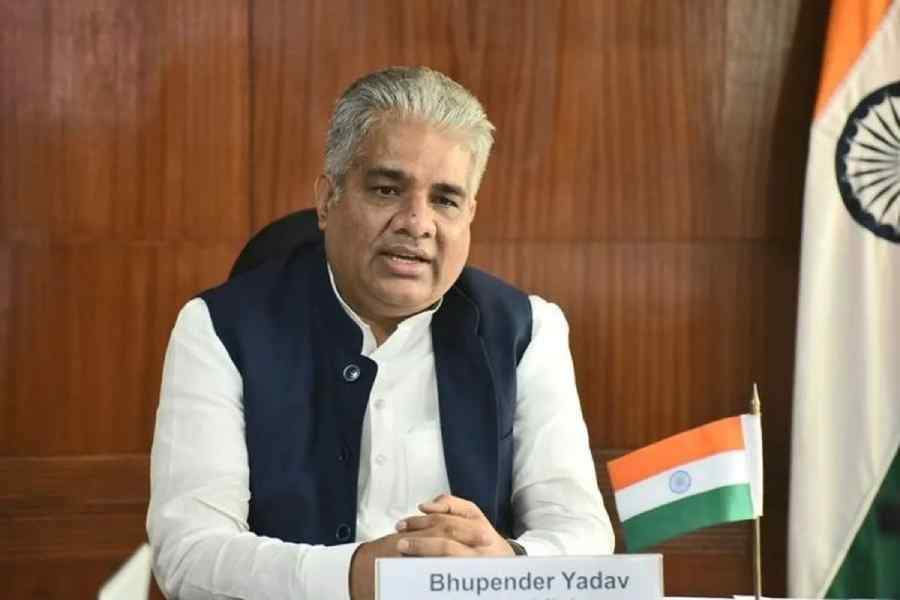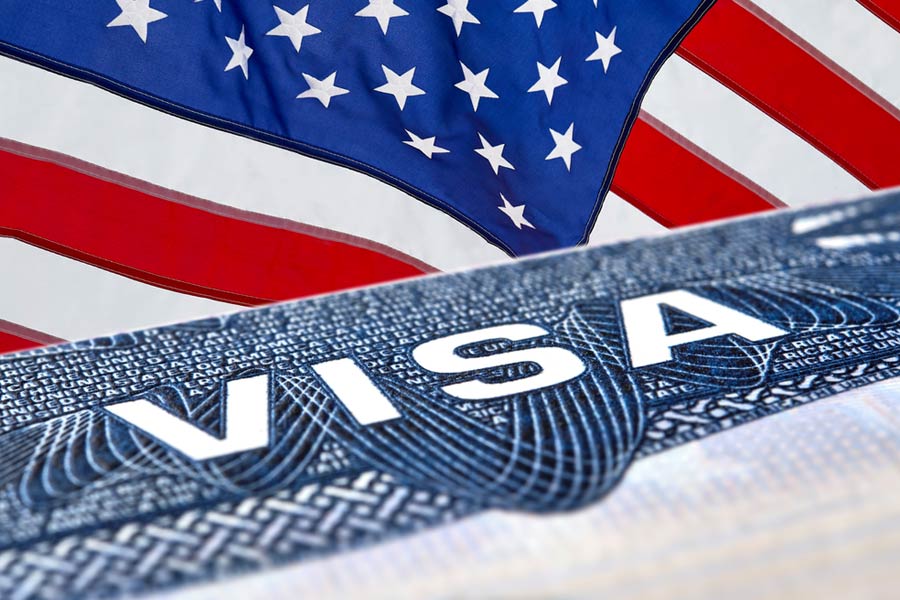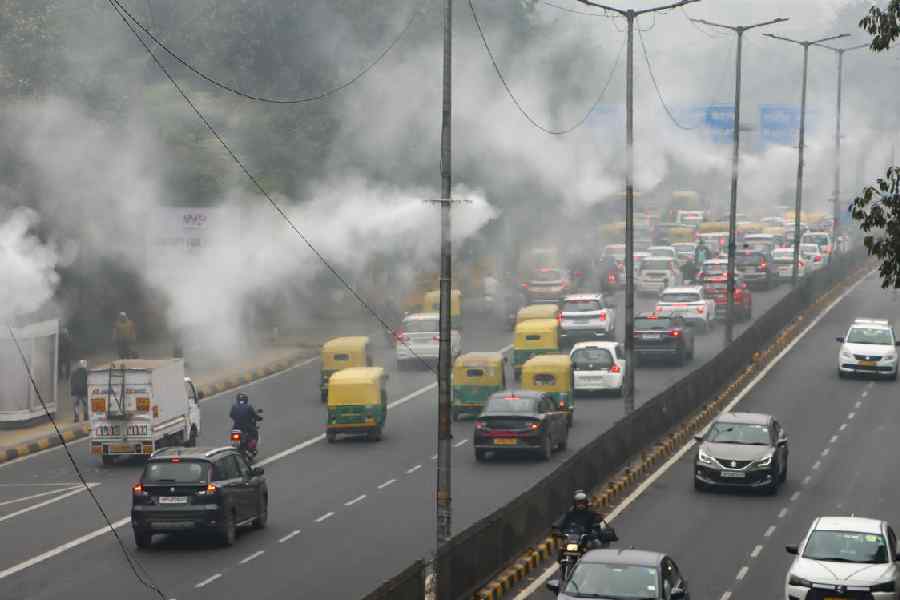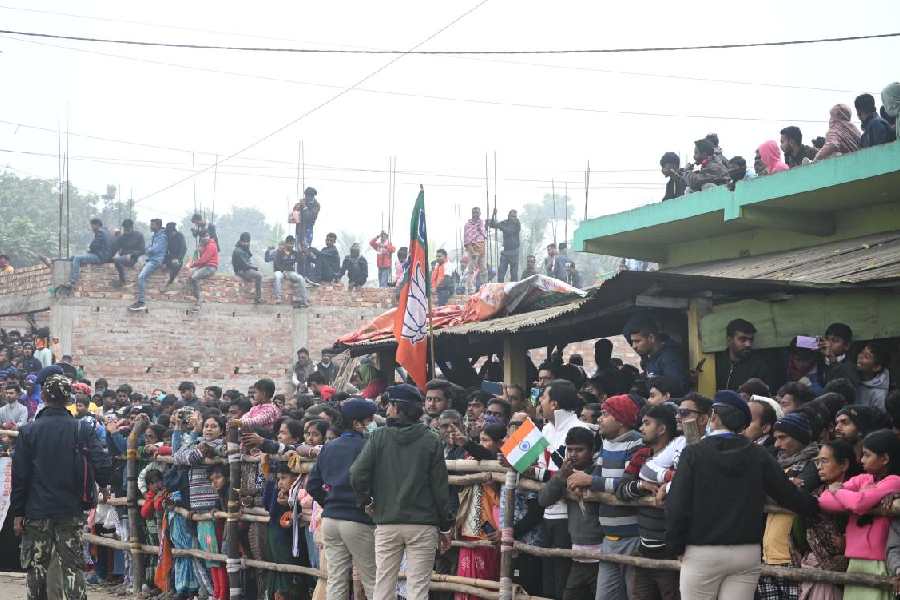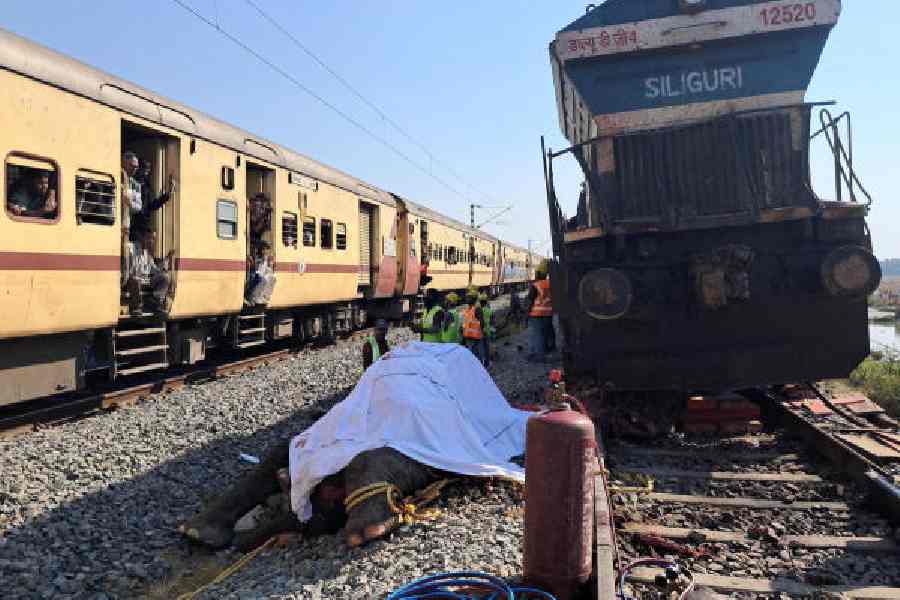 |
On September 27 Manmohan Singh will pay what will presumably be his last visit as prime minister to the president of the United States of America at the White House. He will find Barack Obama struggling to define the global responsibilities of the US. The wars in Iraq and Afghanistan have demonstrated the limits of American hyper-power status and also the folly of nation-building enterprises in other parts of the world. Given its recent experience, the US public is unenthusiastic about intervention in ‘wars of choice’ even when there is large-scale violation of human rights as in Egypt or Syria. Whether or not Washington decides on punitive strikes on Syria’s chemical weapons before Singh’s visit, the US leadership is obliged to weigh its international obligations and re-assess the mechanics of carrying them out, even though the domestic economy is at last showing signs of recovery.
Both the US and India have cause to introspect on their status in the world. While Washington has encountered obstacles in what it perceives as its self-appointed mission to promote democracy and human rights, New Delhi on its part has suffered multiple setbacks in its scarcely concealed aspirations to emerge as an important world power. The growth rate has plunged well below expectations to 4.4 per cent, the value of the rupee has tumbled in international currency markets, and with general elections due in a few months, the possibility of curbing the fiscal and balance of payments deficits seems a remote prospect. The government’s decision to attract foreign investment in over a dozen sectors has not made any significant impression on the negative perceptions of the Indian economy, and the trip of the ministers, P. Chidambaram and Anand Sharma, to the US to promote investments was a dismal failure. On India’s borders, Chinese forces have been trespassing into Indian territory and the number of ceasefire violations on the line of control in Kashmir has registered a significant increase.
In contrast with Obama’s speech in the Indian Parliament in 2010, when he spoke of an India “with increased power” and sharing “increased responsibility”, the US president will this month encounter a much diminished Indian counterpart. Nevertheless, the national security adviser, Shiv Shankar Menon, has expressed high satisfaction with the preparations for the meeting and its likely outcomes. What might these be?
On the security front, discussions on Afghanistan will assume priority. The US has scaled down the objectives of its intervention since 2001 from establishing a strong Afghan State to a focus on eliminating the terrorist threat prior to withdrawing its forces next year. During a recent visit to Pakistan, the US secretary of state, John Kerry, stated that the US would draw down its troops but not remove them completely, but this will depend on a status of forces agreement that is still to be concluded with the disgruntled Afghan president, Hamid Karzai, or his successor. As part of its exit strategy, the North Atlantic Treaty Organisation has handed over operational command to the Afghan army and the Americans have announced their intention to talk to Taliban representatives. These talks have made no headway because the Taliban called its premises in Doha the ‘Office of the Islamic Emirate of Afghanistan’ which gave the impression of a government–in-exile, raising strenuous objections from Karzai, who was in any case opposed to any negotiation that excluded the Afghan authorities. There has subsequently been no progress in Pakistan-facilitated talks between the Karzai government and the Taliban or between the Taliban and Washington.
From India’s perspective, any discussions with the Taliban must recognize the multi-ethnic character of Afghanistan; accordingly any political outcome from such talks should not result in the domination of one ethnic community over the others in a manner that would generate instability in Afghanistan. New Delhi is concerned lest a fractured country governed by an élite with a narrow popular base, and an even narrower world-view, rapidly becomes a haven for terrorists. Given that India is in close proximity to the Afghan-Pakistan region, such a development would have dangerous consequences for the Indian security environment.
Therefore India would prefer that the US leaves a sizeable force in Afghanistan to safeguard that country’s stability, but there is little appetite in Washington to incur more campaign dollars or more casualties in Afghanistan. American policy-makers appreciate Indian development activities in Afghanistan, but India’s capacity to project hard power to effect any positive outcomes in the region is highly limited. Everything suggests that Pakistan’s presence and influence in Afghanistan will increase in the coming years. This could well prompt hostile elements in Pakistan to adopt a more aggressive stance towards India. Possibly we are already witness to the incipient stage of that attitude along the LoC in Kashmir.
On the economic front, there is a perception in the US that the upward turn in relations with India in the recent past did not result in any concrete benefit for the American corporate sector. While the India-US civil nuclear agreement should have facilitated a tectonic shift in relations between the two countries, there is frustration that even after five years, the US has been unable to harness any commercial rewards from this agreement. During Singh’s visit, there is a chance that the Nuclear Power Corporation of India could sign a contract expressing an intention to purchase reactors from Westinghouse, but it is unclear if this would be a full-fledged commercial agreement because there are still mutual disagreements on the Indian nuclear liability law.
The policy of preferential market access that mandates the purchase of locally manufactured electronic goods in government procurement has come in for criticism from American companies. As a result, New Delhi has recently decided to review this policy. The US has also raised concerns that India has been selectively applying compulsory licensing in intellectual property rights, with the latter arguing that these actions are in compliance with TRIPS or the agreement on trade related aspects of intellectual property rights. From the Indian side, the software industry complains that the US immigration bill will have an adverse impact on firms that have large numbers of H1-B visa holders employed in the US. Such disagreements should not, however, distract attention from the increase in trade between the US and India. The two-way trade in goods, which was at $5.7 billion in 1990, stood at $57.8 billion in 2011. In goods and services, bilateral trade amounted to $86 billion in 2011 and is expected to touch $100 billion shortly.
While business competition and demands for greater market access are commonplace, the sustained criticism of Indian policies constitutes a marked dilution of the ‘strategic bet’ that the US made on India during the years of George W. Bush. It is hardly likely that the US will expend political capital in pushing India’s membership in the four main non-proliferation regimes. Therefore it becomes important for the two leaders at the White House to ensure that the Indo-US strategic partnership has long-term sustainability and produces concrete gains for the stakeholders in both countries. This could be achieved by two critical deliverables.
First, the concluding statement of the last strategic dialogue pointed to the need to upgrade defence ties from merely a buyer-seller relationship to co-development and co-production of defence material. The anticipation is that there could be some significant movement on this front during the Indian prime minister’s visit and that it could be given some substance. In the past few years India has purchased around $8 billion worth of defence stores from the US and has emerged as the leading arms buyer in the world. Cooperation with the US in local production of defence platforms should be a strategic imperative for India. Second, India could be invited to become a member of the Asia Pacific Economic Community, after which both leaders could explore the possibility of India joining the US-led Trans-Pacific Partnership. These steps would enable India’s participation in the evolving economic architecture of the East Asia region and would offer evidence of some degree of convergence between India’s Look East policy and the US’s re-balance regarding Asia. But it must be said that India’s prospects are hampered by its labour and investment policies.
To address the various strains in the bilateral economic relationship does not invariably require new legislation in New Delhi. It requires correction of the systemic deficiencies in the Indian governance apparatus which are making it impossible for businesses, including Indian ones, to maximize the potential that still exists in the Indian marketplace. This is something that lies outside the ambit of American-Indian summit-level meetings, but it is nonetheless a critical variable that has an impact on every aspect of India’s external relations as well.


